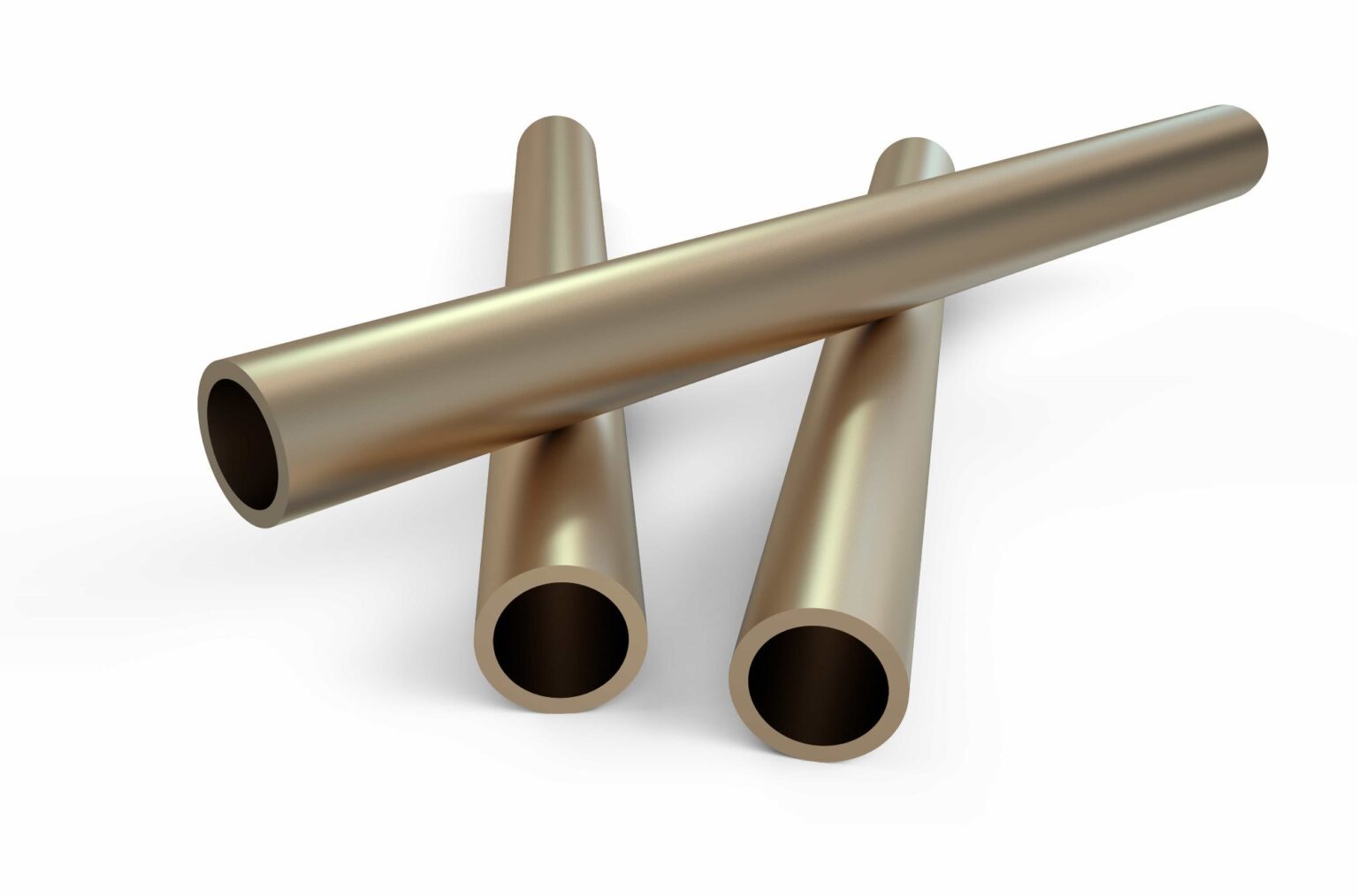ADMIRALTY BRASS
Admiralty brass is a type of brass alloy known for its excellent corrosion resistance, especially in seawater, making it particularly suitable for marine applications. Here are the key details about Admiralty brass:
Composition
Admiralty brass typically consists of:
- Copper (Cu):Approximately 70-73%
- Zinc (Zn):Approximately 27-30%
- Trace amounts of other elements such as iron (Fe), lead (Pb), tin (Sn), and arsenic (As).
GRADES
ASTM B 111 C 44300 / ASME SB 111 C 44300:
- ASTM B 111: Standard specification for copper and copper-alloy seamless condenser tubes and ferrule stock.
- ASME SB 111: Identical to ASTM B 111, but used in ASME Boiler and Pressure Vessel Code applications.
BS 2871 Part 3 CZ-111:
- BS 2871 British Standard specification for copper and copper alloys. Part 3 covers wrought and cast high conductivity copper alloys for electrical purposes.
- CZ-111: Specifically refers to Admiralty brass within the British Standard system.
EN 12451 CuZn28:
- EN 12451 European Standard for copper and copper alloys. CuZn28 specifically denotes Admiralty brass (Cu 71-73%, Zn 27-29%).
SniAs - CW 706B:
- SniAs: Often refers to the Indonesian National Standard for Admiralty brass.
- CW 706B: Classification according to the British Standard system for copper alloys.
51 102 / CuZn29Sn1:
- 51 102:Identification number for Admiralty brass alloys.
- CuZn29Sn1:Another designation for Admiralty brass, specifying its composition (Cu 70-72%, Zn 28-30%, Sn 0.9-1.2%).
JIS H C 4430:
- JIS: Japanese Industrial Standard.
- H C 4430:Japanese standard designation for Admiralty brass.
